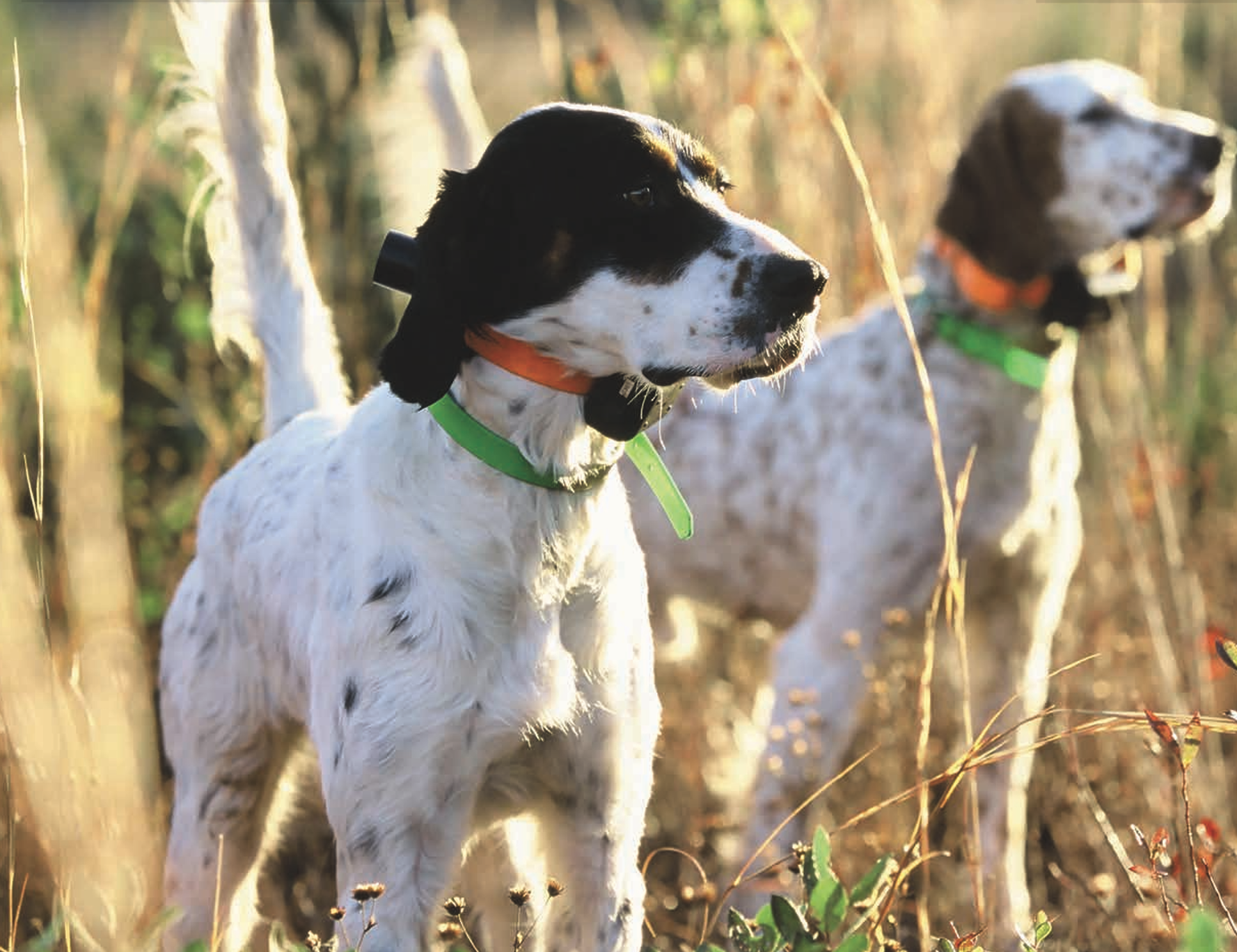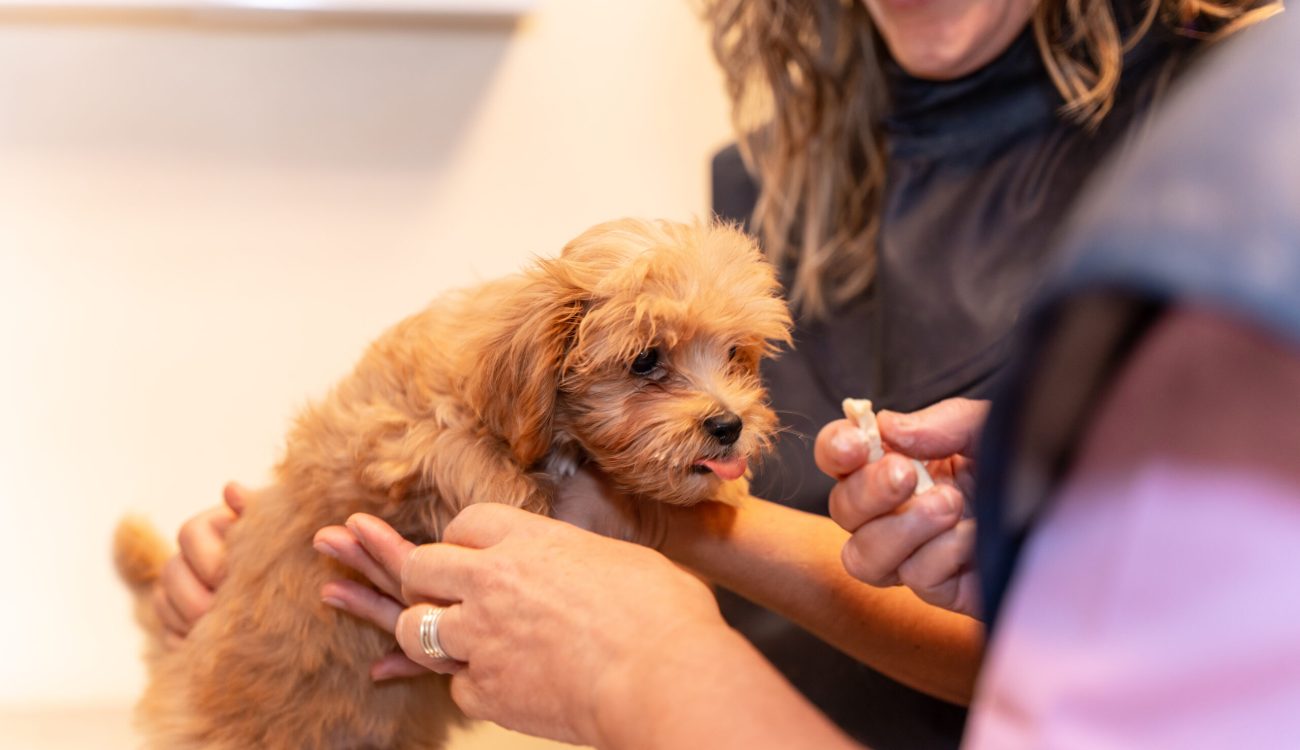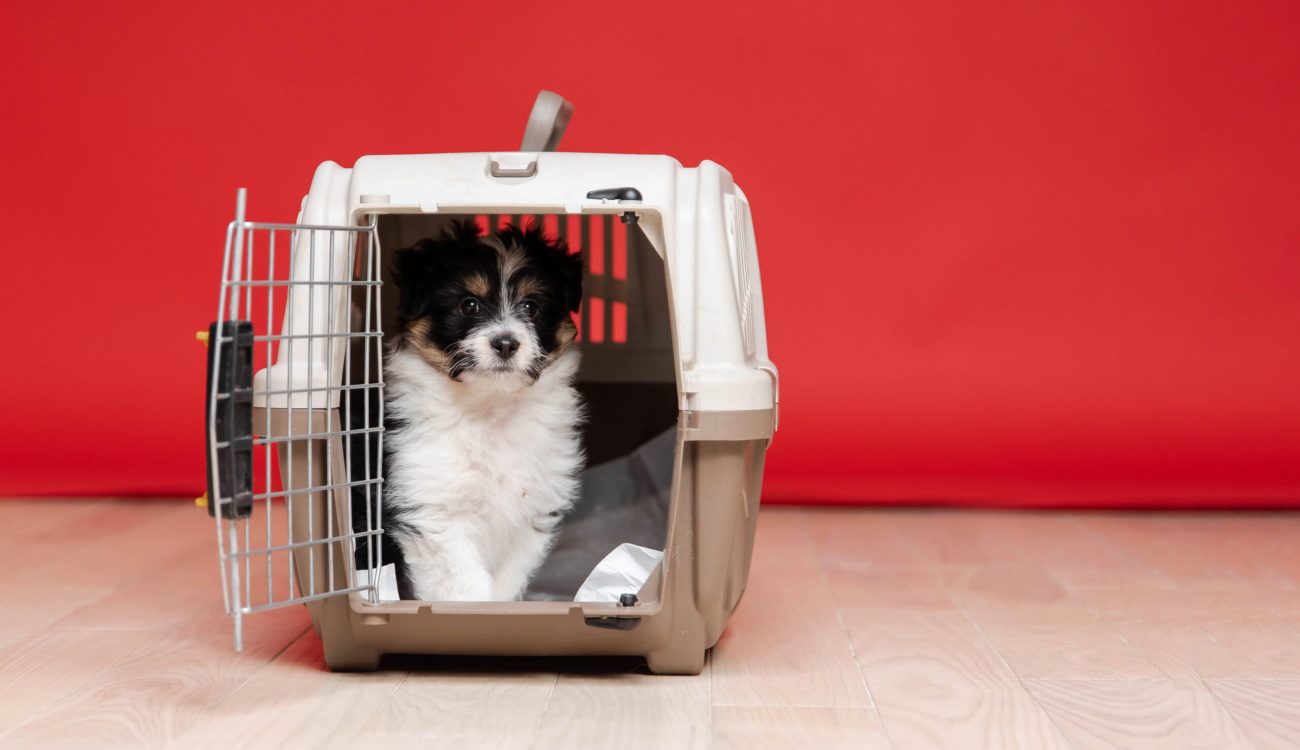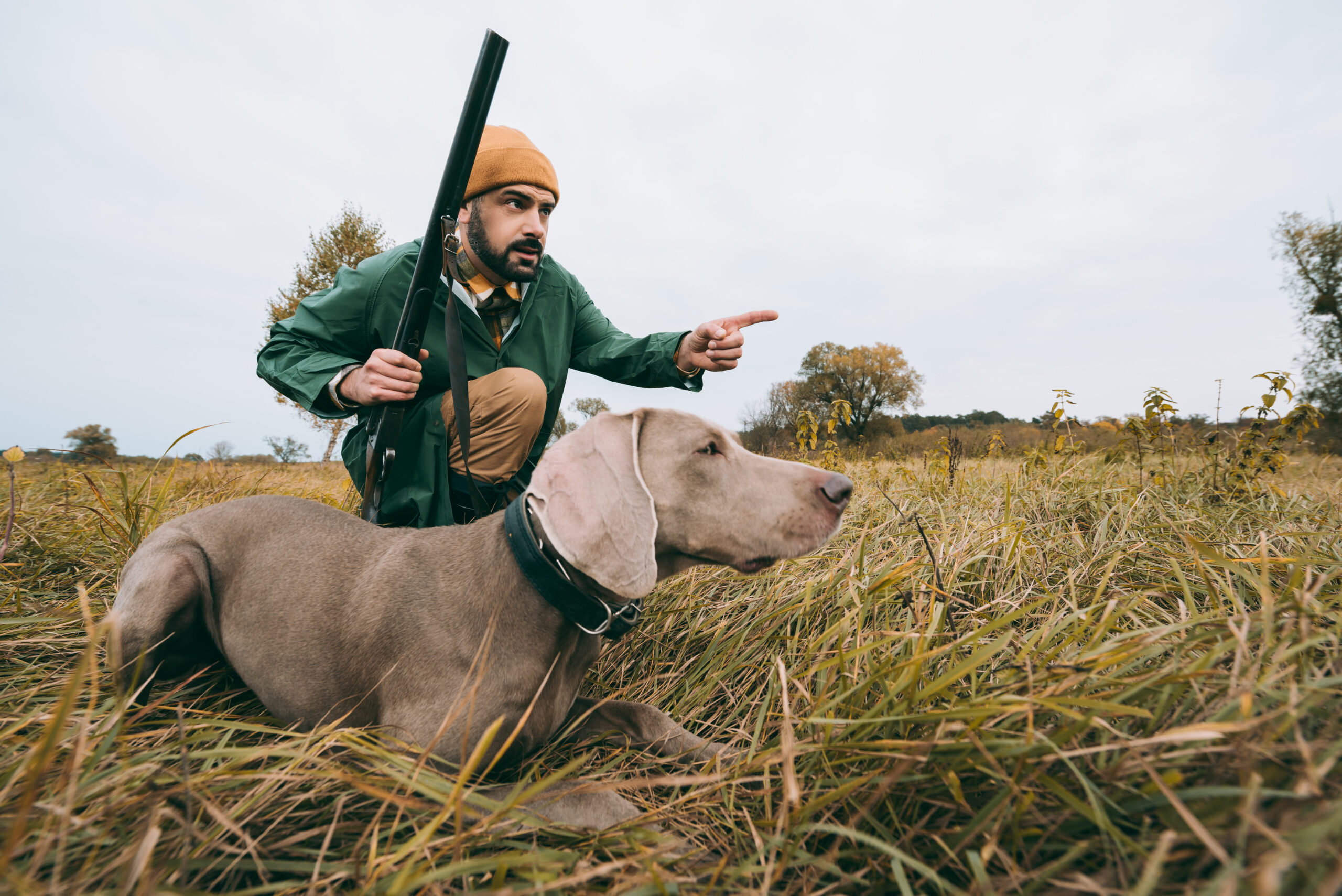Life is too short to not enjoy each other’s company—and way too hectic to commit to 6 or more weeks of on-site training classes. In the past, Donna has brought her groundbreaking course to anyone interested on any web-connected device, but now, she in the middle of creating a new book that compliments the complete class!
Indoor Leash
Indoor leashes are a great training tool, but must be used correctly to be effective.
Using the indoor leash enables your dog to spend more time with you and your family outside of his crate. Keep the leash on your dog when he’s lying on his rug by your chair while you read or watch TV. When cooking dinner, you can attach the leash to your belt so he can be in the kitchen with you. By using the indoor leash this way, you’ll know where your dog is at all times, and he won’t be chewing up your “toys,” such as antique chairs or brand-new shoes.
#1 mistake owners made is taking the indoor leash off before habitual time frame ends. If your children want to have the dog nearby while they watch TV, or just want to play with him, make sure they also keep his leash on.
When the four- to six-month training period is over and you have removed the leash, if your dog starts forgetting his commands, put his indoor leash back on for two to three days for a refresher course – it’s that easy.
The indoor leash is a valuable tool when introducing any dog to a new home, and you’ll want to use short refresher courses with it if you move or take your dog with you when you travel. If you take your dog visiting, keep him on his indoor leash while in your friend’s home – that way, he can’t get into mischief and you’ll both be invited back. You’ll soon discover that the Training Pages indoor leash, along with the crate, will become one of your best training tools! You’ll never have anything chewed up, and you’ll always know where your dog is.
Treats/Food
Motivation Dogs are highly food-motivated but don’t take treats when stressed.
Boiled chicken makes an excellent highvalue treat. Boiled turkey and ground beef are also good. Make sure you rinse after boiling to remove all of the fat (which can cause diarrhea).
Cheerios make a great daily dog treat. Dogs don’t absorb them, so they won’t cause weight gain and they don’t interfere with the dog’s diet. You can mix Cheerios with a high-value treat, which will allow your dog to have a high-value treat every third or fourth time. Treats should be the size of one Cheerio.
Keep small bags of treats all around your home so they’re easy to grab –you only have two seconds to give your dog a treat for them to make the connection between the command, the behavior, and the reward. In other words, you can make the dog hold the command longer, but once the command is over, you only have two seconds to give the treat.









